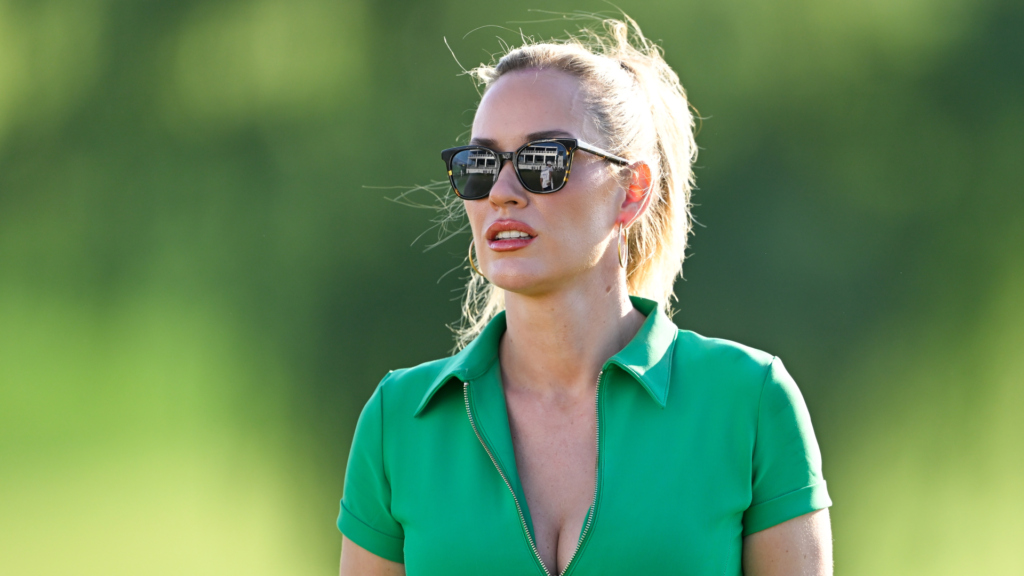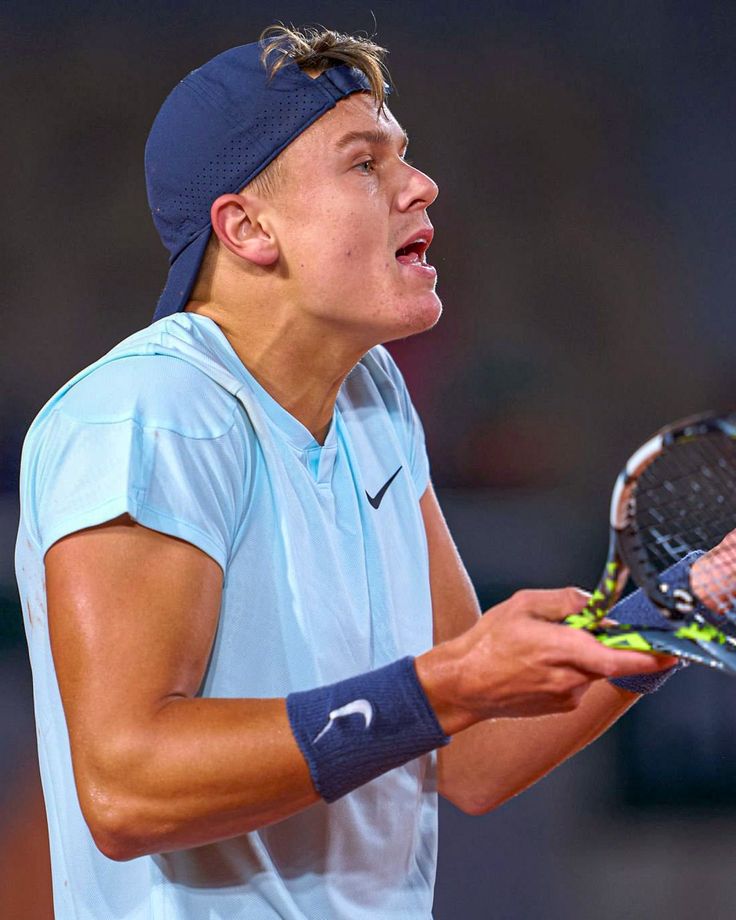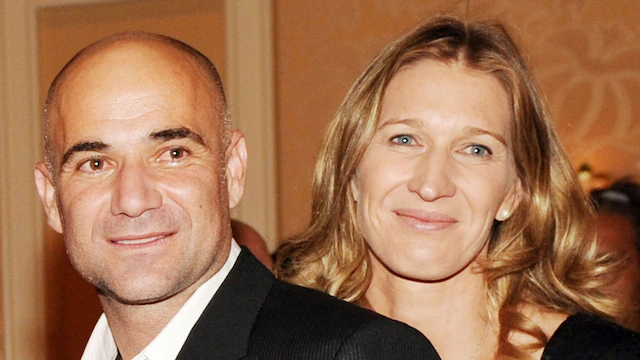Introduction: Quiet Brilliance in a Loud Sport
In a WTA Tour often dominated by power hitters, bold personalities, and highlight-reel winners, Alex Eala is crafting a career with something quietly brilliant — her mind. At just 19, the Filipino rising star is proving that tennis isn’t just about brute strength or flashy strokes; it’s a game of chess, and she’s evolving into one of its youngest grandmasters.
The question isn’t just whether she can keep up with the world’s best. It’s this: Is Alex Eala the smartest young player on tour?
As we break down her evolving tactical game, you’ll see why many believe the answer is a resounding yes — and why her rise could signal a new era of intelligent, strategic tennis.
The Shift: From Raw Talent to Tactical Architect
When Alex Eala first burst onto the international radar through her Grand Slam junior titles and Rafa Nadal Academy training, fans admired her baseline consistency and mental focus. But in 2025, something’s changed — subtly, yet unmistakably.
Gone are the predictable patterns. In their place? Point construction. Court awareness. Opponent manipulation. She’s no longer just reacting — she’s orchestrating.
During her early years on the pro circuit, Eala often relied on solid defense and relentless consistency to grind down opponents. But that strategy can only take you so far. Now, she’s mixing it up: surprise net rushes, down-the-line counterpunches, disguised drop shots — moves that suggest deeper match analysis and a more cerebral approach.

Reading the Court Like a Veteran
What truly sets Alex Eala apart isn’t her speed or shot power — it’s her uncanny ability to read the rhythm of a match and adjust her tactics midstream.
Take her 2025 clay court run. In several matches, she started slow, analyzing the opponent’s serve placement, favored angles, and rally tendencies. Then, by the second set, she flipped the script. Where others try to dominate early, Eala sets traps, drawing out weaknesses before attacking them.
She’s developed an instinct for:
- Targeting the weaker wing: Many young players hit cross-court by default. Eala targets the backhand early, often pinning aggressive players into passive positions.
- Changing pace: Against big hitters, she shortens the backswing, keeping balls low and breaking the rhythm. It frustrates power-reliant players who struggle with slower, lower-bouncing balls.
- Exposing court coverage flaws: She’ll pull players wide with angled forehands and then surprise them with a slice down the middle — a shot that looks harmless but disrupts balance.
It’s old-school tennis, repackaged with Gen Z confidence.
Mentally Strong, Emotionally Composed
Tactical brilliance isn’t just about shot selection. It’s also about mental clarity. Eala’s composure — rare for a teenager in high-pressure moments — enables her to out-think opponents, not just outplay them.
Where some players crumble after a double fault or line call, Eala resets, recalculates, and re-engages. Her point-by-point mentality reflects wisdom far beyond her years, allowing her to stay clear-headed in complex rallies or big deuce games.
Even in losses, analysts note how she adapts within matches. It’s not uncommon for Eala to lose a first set, only to come back stronger — not with brute force, but smarter plays.
A Coach’s Dream: Tactical Flexibility
One reason coaches love working with Alex Eala is her openness to evolve. She doesn’t just train hard — she trains smart. She wants to understand the “why” behind each drill, each strategy. That makes her one of the few young players able to shift between styles based on surface, opponent, or conditions.
This adaptability is why many believe she has the game to succeed on:
- Clay, where her patience and topspin-heavy forehand give her time to construct points.
- Hard courts, where her footwork and improving serve allow her to transition from defense to offense.
- Grass, where her recent improvements in net play and flatter backhand make her a potential surprise threat.
Peer Comparison: Smarts Over Flash
When compared to other young stars — some known for thunderous serves, others for highlight shots — Eala doesn’t always dominate the stat sheets. But in tennis, the scoreboard tells only part of the story.
What you’ll often see in an Alex Eala match is a smarter path to victory. While some players go for 30 winners and 35 unforced errors, Eala might grind out 3–4 high-percentage patterns that wear opponents down over time. It’s high-level tennis disguised as simplicity.
Tennis greats like Martina Hingis and Ash Barty didn’t always blow opponents off the court. They out-thought them. And if Eala keeps evolving at this pace, she could become this generation’s version of that strategic archetype.
What She’s Still Working On
To fully ascend and become one of the most respected thinkers on tour, Eala will need to continue refining a few key areas:
- Serve variation – While her first serve percentage is solid, adding more disguise and placement variety will help her earn more free points.
- Transition game – She has good instincts at the net, but committing to more forward movement earlier in rallies will amplify her unpredictability.
- Confidence under pressure – Though her mental game is strong, closing out tight matches against Top 50 opponents will demand sharper execution in high-stress moments.
These aren’t weaknesses — they’re evolvable edges that will come naturally as she builds match experience.
Fan Impact: A Different Kind of Idol
In an era where sports media often glorifies power, volume, and attitude, Alex Eala’s rise offers a refreshing counter-narrative: that intelligence, humility, and thoughtfulness are just as powerful.
Young fans see in her a different kind of tennis hero. She’s calm, focused, strategic — a player who proves that tennis IQ can be as influential as athleticism. And with every thoughtful post-match interview and composed court performance, she builds a brand rooted not in ego, but in excellence.
Looking Ahead: Can Smart Tennis Win Slams?
The big question: can a style built on intelligence and court craft take her to Grand Slam glory?
The short answer is yes — and history backs that up. Players like Justine Henin, Simona Halep, and Ash Barty proved that you don’t need overwhelming firepower to win majors. You need control, clarity, and creativity — all things Eala is developing.
If she stays healthy, continues to climb in match confidence, and polishes a few tactical tools, Alex Eala could very well become the most dangerous chess player on the WTA tour — and maybe even a Grand Slam champion before 25.

Final Thoughts: Smart Is the New Strong
Alex Eala’s game isn’t built on brute strength or viral moments. It’s built on strategy, study, and evolution. That’s what makes her so compelling to watch — and so difficult to beat.
So, is Alex Eala the smartest young player on tour?
If you’ve seen her break down a big-hitting opponent on clay, trap an aggressive rival in a baseline battle, or coolly reset after a tough set — you already know the answer.
She doesn’t just play tennis. She solves it.
And in the ever-changing world of the WTA Tour, that might just be the smartest strategy of all.


